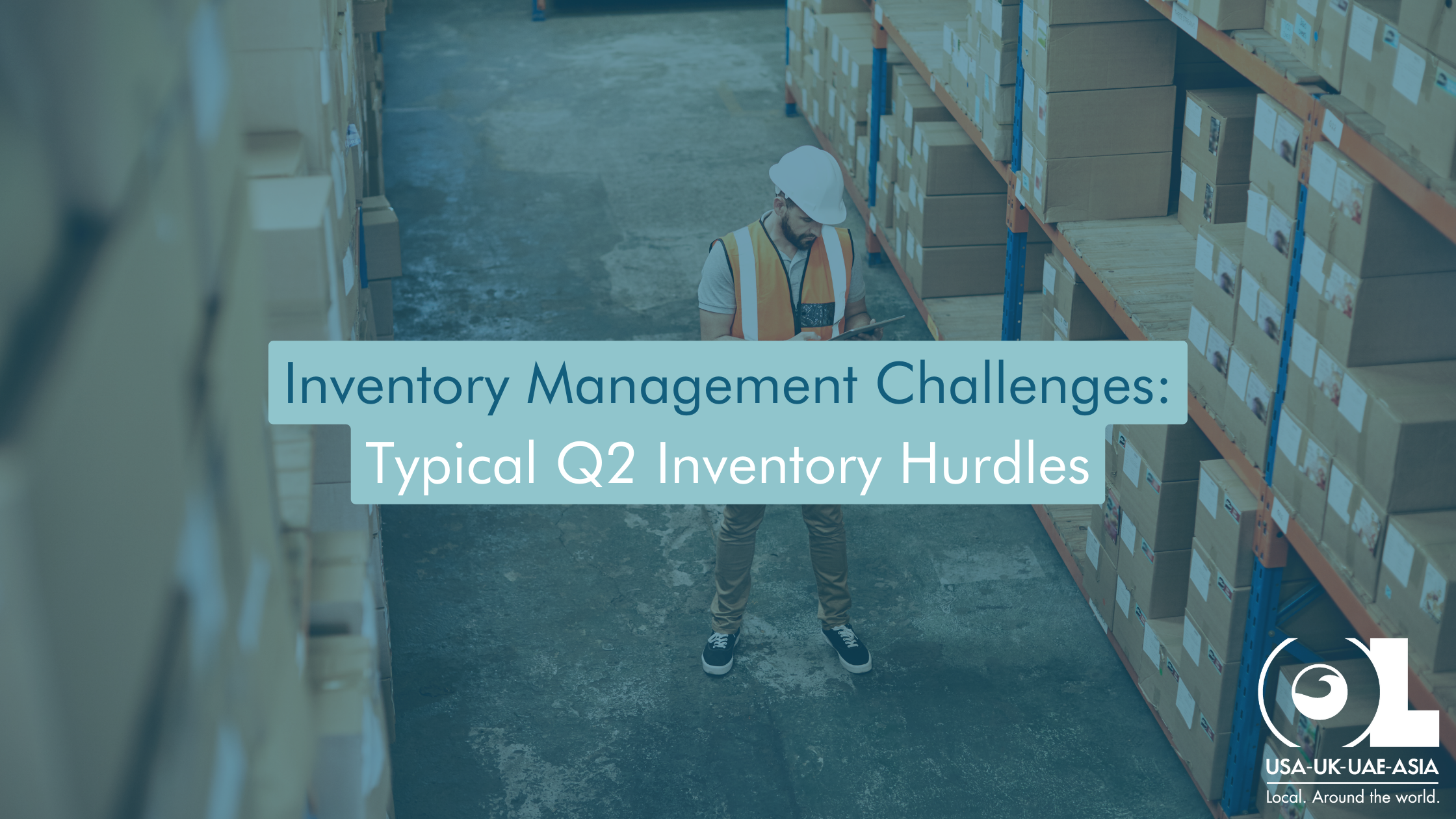In the realm of business operations, navigating through the second quarter (Q2) often brings forth a myriad of inventory management challenges. These challenges stem from various factors such as fluctuating demand, seasonal promotions, and potential disruptions within the supply chain. Understanding and effectively managing these challenges is crucial for businesses striving for operational excellence and sustained success.
Key Challenges in Q2 Inventory Management
- Fluctuating Demand Patterns: Q2 can be a rollercoaster ride for businesses, with demand patterns often resembling a shifting landscape. Factors like changing consumer preferences, economic trends, and external events can significantly impact the demand for products and services. This fluctuation in demand poses a challenge for businesses to maintain optimal inventory levels without succumbing to overstocking or stockouts.
- Seasonal Promotions and Sales Spikes: The second quarter is often marked by seasonal promotions, special events, or holidays that trigger sudden spikes in sales volume. While these spikes present opportunities for increased revenue, they also pose challenges in terms of inventory planning and management. Businesses must balance the need to meet heightened demand during these periods while avoiding excess inventory once the promotion or event concludes.
- Supply Chain Disruptions: Q2 can be a vulnerable period for supply chains, susceptible to disruptions such as supplier delays, transportation bottlenecks, or unforeseen global events. These disruptions can ripple through the supply chain, impacting inventory availability, lead times, and overall operational efficiency. Navigating through these uncertainties requires proactive measures and agile strategies in inventory management.
Importance of Effective Inventory Management for Business Success
Effective inventory management during Q2 plays a pivotal role in determining a business’s success and competitiveness in the market. Here are key reasons why it’s crucial:
- Customer Satisfaction: Maintaining the right inventory levels ensures that customer orders are fulfilled promptly, leading to enhanced customer satisfaction and loyalty. Conversely, stockouts or delays can result in dissatisfied customers and potential revenue loss.
- Cost Efficiency: Optimizing inventory levels helps businesses reduce holding costs associated with excess inventory storage. It also minimizes the risk of obsolete or expired inventory, thus maximizing the utilization of resources and improving profitability.
- Operational Agility: A well-managed inventory system allows businesses to respond swiftly to market changes, demand fluctuations, and supply chain disruptions. It fosters operational agility, enabling businesses to capitalize on opportunities and mitigate risks effectively.
- Data-Driven Decision Making: Effective inventory management relies on accurate data and analytics. By leveraging data insights, businesses can make informed decisions regarding procurement, replenishment strategies, and inventory optimization, leading to improved overall performance.
In essence, effective inventory management is not merely a logistical task but a strategic imperative that directly impacts business outcomes, customer experiences, and long-term sustainability. Businesses that prioritize and excel in inventory management during Q2 position themselves for resilience, growth, and competitive advantage in today’s dynamic marketplace.
Best Practices for Effective Inventory Management
- Conducting Inventory Audits and Analysis: Regular inventory audits and analysis are essential components of effective inventory management. Businesses should conduct periodic audits to verify inventory accuracy, identify discrepancies, and assess the health of their inventory levels. By analyzing historical data, sales trends, and inventory turnover rates, businesses can gain insights into demand patterns, stock movements, and potential areas for improvement. This proactive approach helps in optimizing inventory levels, reducing carrying costs, and ensuring inventory accuracy, thereby enhancing overall operational efficiency.
- Collaborating Closely with 3PL Providers: Collaboration with 3PL providers is a strategic best practice for businesses aiming to optimize their inventory management processes. 3PL providers bring expertise, technology, and resources that complement businesses’ capabilities. By fostering close collaboration, businesses can align inventory strategies with market dynamics, leverage 3PL’s specialized tools and infrastructure, and benefit from their insights into industry best practices. This partnership enhances supply chain visibility, improves inventory accuracy, and enables proactive inventory planning to meet customer demands efficiently.
- Implementing Automated Replenishment Systems: Automation plays a crucial role in streamlining inventory replenishment processes and reducing manual errors. Implementing automated replenishment systems, such as inventory management software or ERP systems, can significantly improve inventory control and order fulfillment accuracy. These systems can automate reorder triggers based on predefined stock levels, sales forecasts, lead times, and supplier performance metrics. By automating routine tasks like order generation, invoicing, and inventory tracking, businesses can optimize inventory levels, minimize stockouts, and improve inventory turnover rates.
- Leveraging Data Analytics for Informed Decision-Making: Data analytics is a powerful tool for businesses to extract actionable insights from their inventory data. By leveraging data analytics tools and techniques, businesses can analyze historical sales data, customer behavior patterns, seasonal trends, and market demand fluctuations. This data-driven approach enables informed decision-making in inventory management, such as optimizing safety stock levels, identifying slow-moving or obsolete inventory, implementing dynamic pricing strategies, and forecasting future inventory needs accurately. By harnessing the power of data analytics, businesses can improve inventory efficiency, reduce costs, and enhance overall supply chain performance.
Incorporating these best practices into their inventory management strategies empowers businesses to proactively address challenges, optimize inventory performance, and achieve sustainable growth in today’s competitive marketplace.



